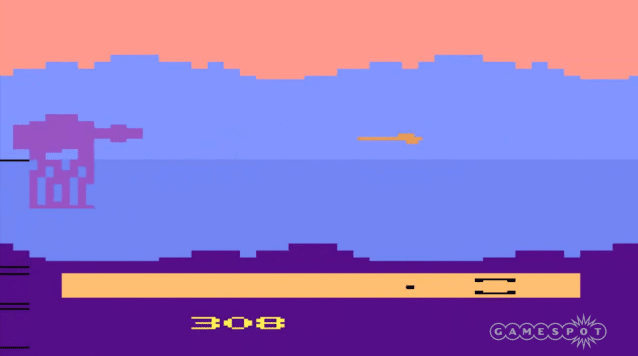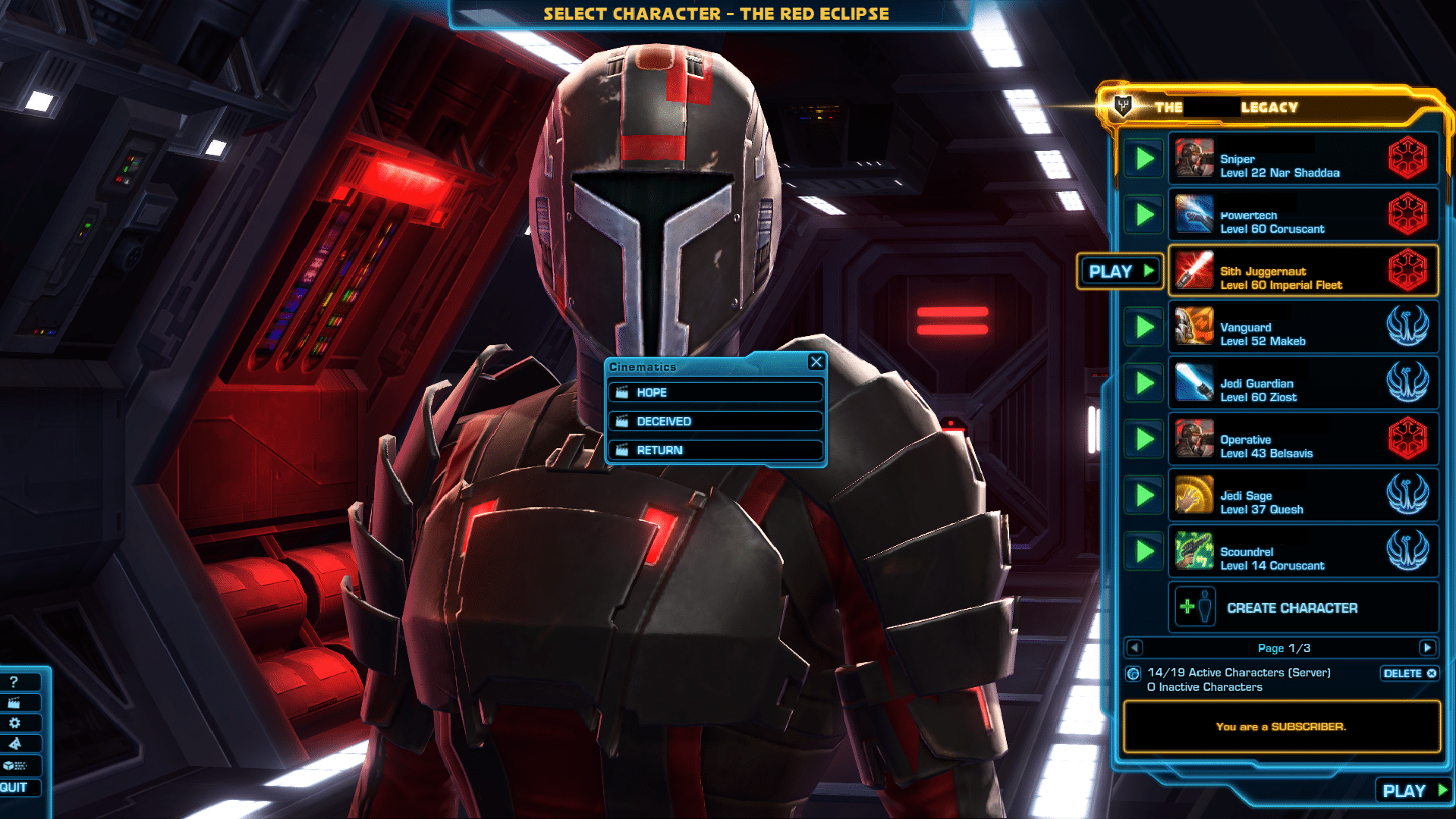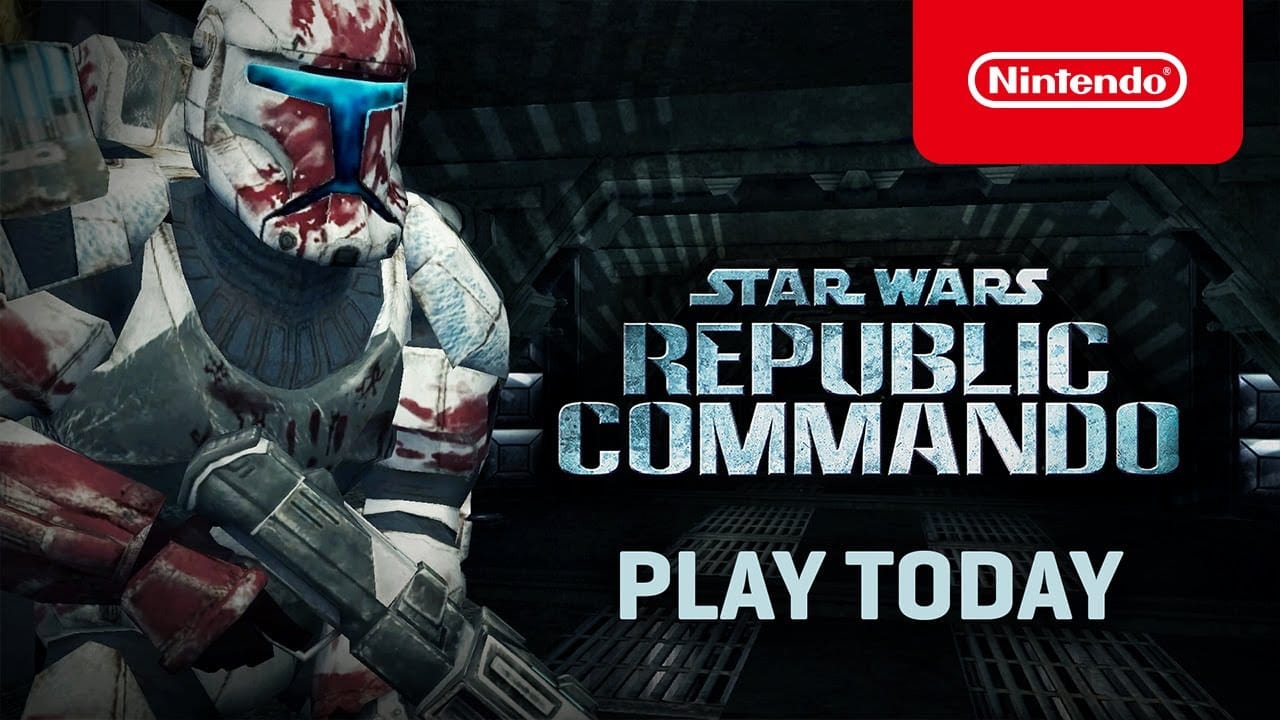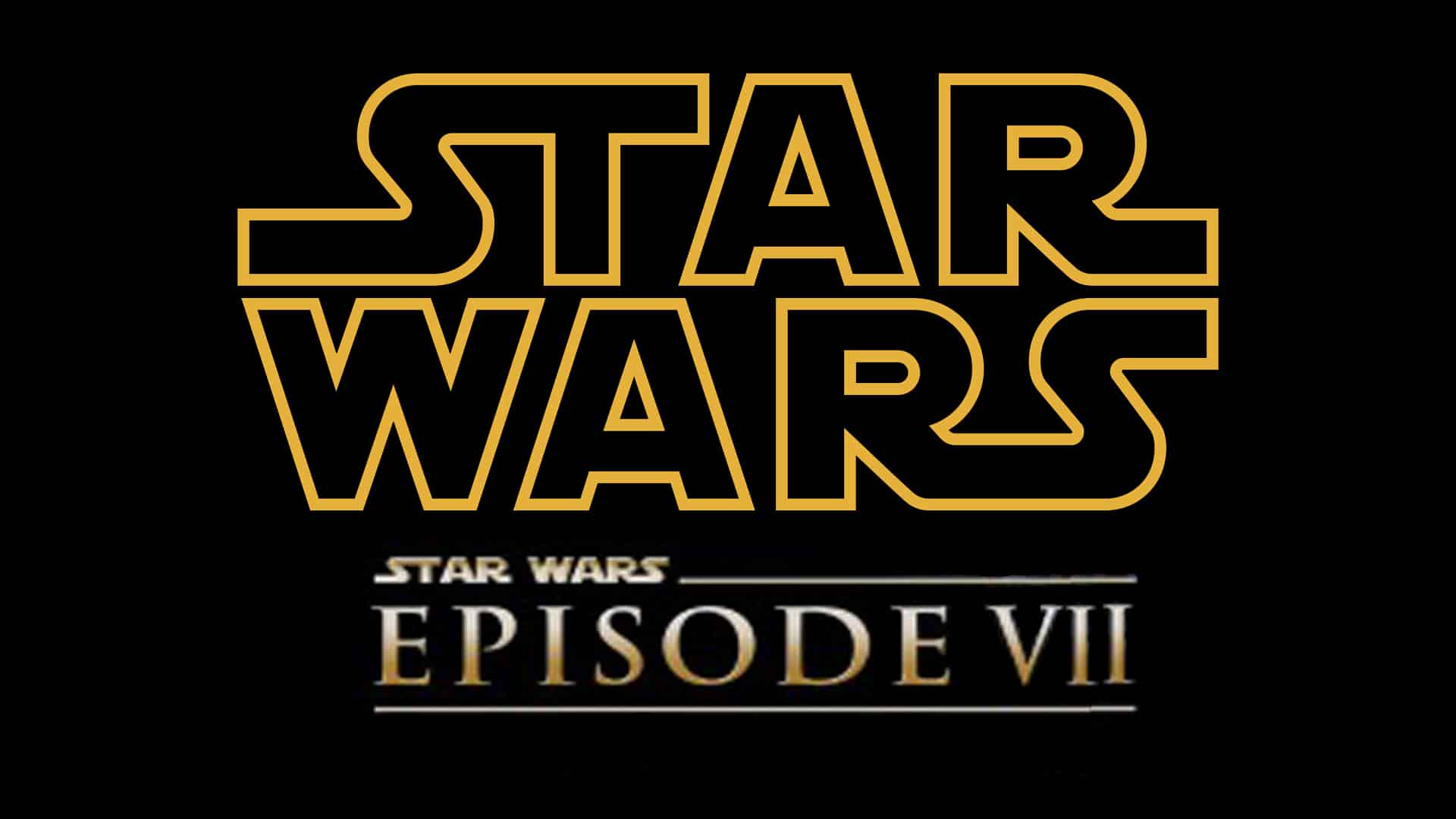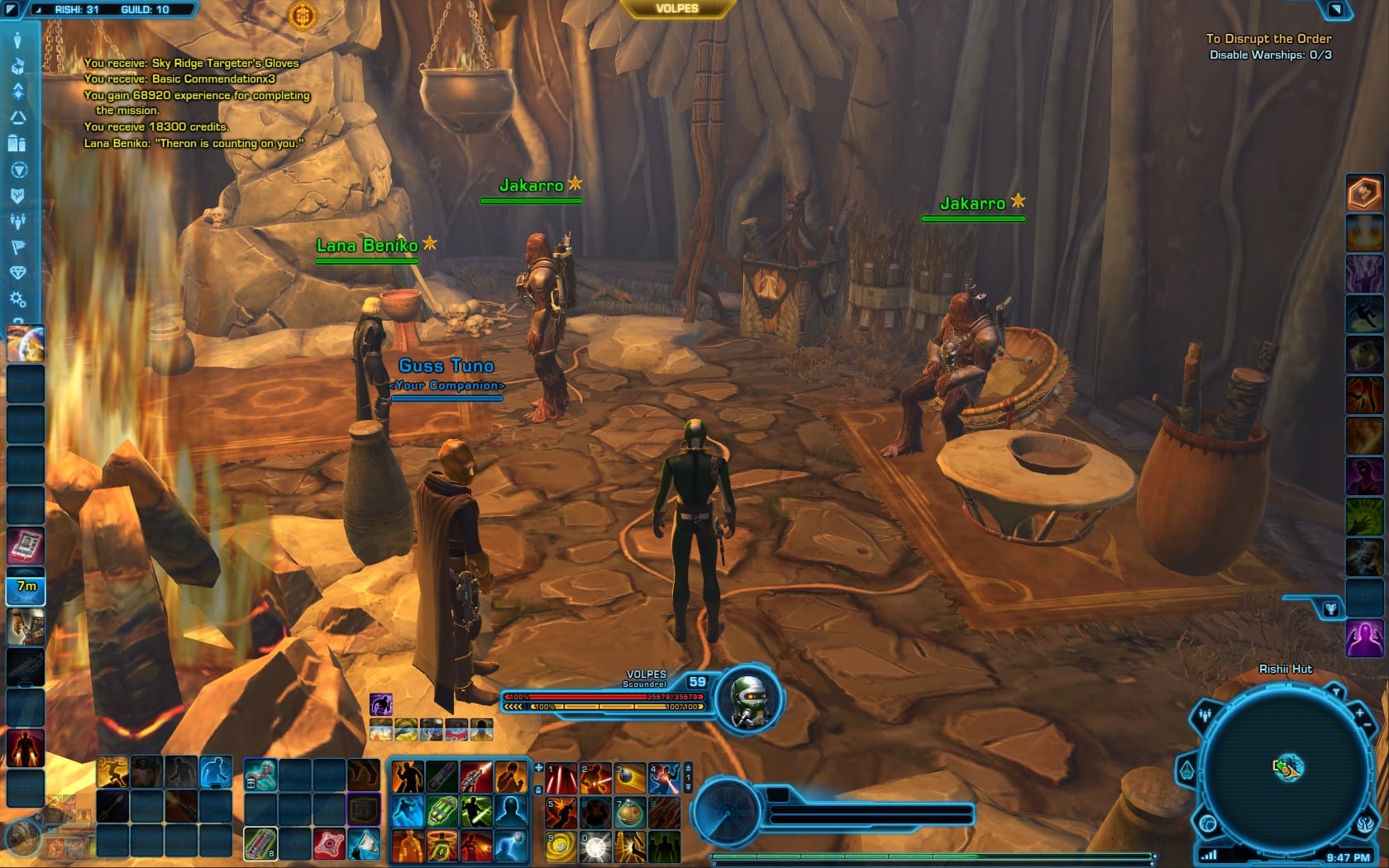The Star Wars franchise has become a cultural phenomenon, transcending the boundaries of film, literature, and merchandise. One of its most enduring and beloved aspects has been the video games that transport fans into the heart of the Star Wars universe. This article will take a nostalgic look at the early days of Star Wars video games, exploring their origins, their influence on subsequent generations, and their lasting impact on the gaming industry.
The Dawn of Star Wars Gaming:
Star Wars: The Empire Strikes Back (1982)
The first foray into the world of Star Wars video games was the 1982 Atari 2600 game, “Star Wars: The Empire Strikes Back.” Developed and published by Parker Brothers, this early home console game was a side-scrolling shooter that allowed players to pilot a snowspeeder and engage in battles against the Imperial AT-AT walkers on the icy planet Hoth.
In the game, players were tasked with preventing the AT-ATs from reaching the Rebel base by either destroying or slowing them down. The graphics were simple, and the game mechanics were relatively basic, but this early title captured the spirit of the franchise and gave fans a chance to become a part of the Rebellion.
Star Wars (1983)
The success of “The Empire Strikes Back” led to the development of the 1983 arcade game “Star Wars.” Developed by Atari, this vector graphics-based game allowed players to assume the role of Luke Skywalker as he piloted an X-Wing fighter in a bid to destroy the Death Star. The game featured digitized voices from the film, adding to the immersive experience and setting a precedent for future Star Wars titles.
“Star Wars” was a rail shooter that followed a linear path, taking players through several stages, including a space battle against TIE fighters, a trench run, and the final confrontation with the Death Star. The game was praised for its innovative graphics and compelling gameplay, and it was ported to several home consoles, including the Atari 2600 and Commodore 64, among others.
Expanding the Star Wars Universe:
Star Wars: Return of the Jedi (1984)
In 1984, Atari released “Star Wars: Return of the Jedi,” an isometric action game that allowed players to relive key moments from the film. The game featured three distinct levels, including piloting a speeder bike through the forests of Endor, controlling the Millennium Falcon in a space battle against the Death Star, and guiding an AT-ST walker in a ground assault.
The game’s isometric perspective and varied gameplay offered a different experience from its predecessors, showcasing the potential for diverse game mechanics within the Star Wars universe.
Star Wars: The Empire Strikes Back (1985)
Atari’s 1985 arcade game “Star Wars: The Empire Strikes Back” was a sequel to their successful 1983 “Star Wars” game. This title retained the rail-shooter gameplay and vector graphics of the original but added new elements like the ability to pilot a snowspeeder and engage in Hoth’s ground battles.
Influence on Subsequent Star Wars Games and Gaming Industry:
The early Star Wars video games, while limited in their technology, were groundbreaking in their ability to bring the iconic film franchise to life in the realm of interactive entertainment. These games laid the foundation for the future of the Star Wars gaming franchise, which would go on to produce a wide variety of games in different genres, from space combat simulators to role-playing games.
Establishing New Genres
The success of these early games demonstrated the potential for licensed video games based on popular film franchises. This paved the way for other successful gaming adaptations of beloved films, such as the Indiana Jones and Jurassic Park series, while also helping to establish the legitimacy of video games as a medium for storytelling and fan engagement.
Developers took inspiration from the early Star Wars titles to create games that expanded upon the franchise’s universe, delving into different time periods, characters, and aspects of the lore. This resulted in titles like “Star Wars: X-Wing” and “Star Wars: TIE Fighter,” which introduced space combat simulation to the gaming world, and “Star Wars: Knights of the Old Republic,” a critically acclaimed role-playing game set thousands of years before the events of the films.
Advances in Technology
The early Star Wars games were also instrumental in pushing the boundaries of technology at the time. As gaming consoles and computers evolved, so too did the games. With each new release, Star Wars games showcased improved graphics, sound, and gameplay mechanics that reflected the cutting edge of the industry.
Games like “Star Wars: Rebel Assault,” an early CD-ROM title, utilized Full Motion Video (FMV) and pre-rendered 3D graphics to create a cinematic experience. This game, along with others in the franchise, served as a catalyst for innovation and experimentation in the gaming industry, inspiring developers to explore new ways of delivering immersive experiences to players.
The early days of Star Wars video games were crucial in establishing the franchise’s presence in the gaming world. The initial games, such as “Star Wars: The Empire Strikes Back” and “Star Wars,” showcased the potential for interactive storytelling and immersive experiences within the Star Wars universe. These pioneering games laid the groundwork for a vast and diverse gaming franchise that continues to captivate fans and gamers alike, uniting them in a shared love for the galaxy far, far away. Their influence can still be felt today as developers strive to create innovative and engaging experiences that honor the legacy of these early titles while pushing the boundaries of what is possible in the ever-evolving world of gaming.


